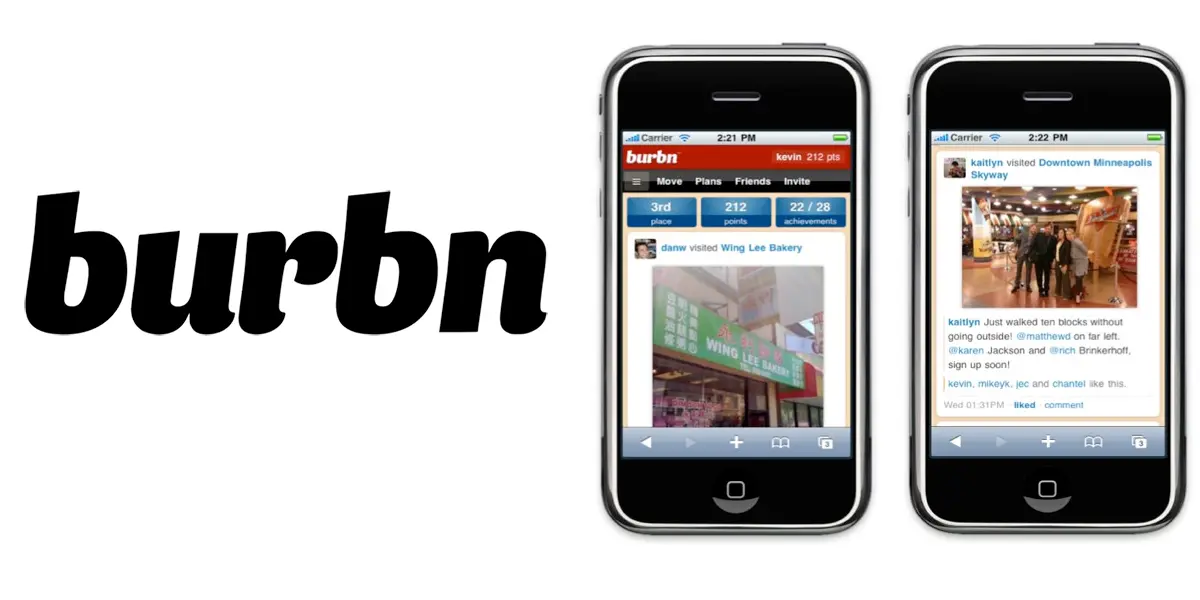Product Market Fit: Essential Strategies to Measure Success

Product Market Fit (PMF) is a crucial milestone for creators launching their own products and merchandise for the first time.
This scenario represents the moment when your product or merchandise resonates with your target audience, effectively addressing their needs and standing out from the competition.
Achieving PMF means your product has successfully captured the interest and satisfaction of your audience, driving growth and engagement. In this guide, we'll walk you through the key strategies for finding PMF, including understanding its definition, importance, and actionable steps to achieve it.
What is Product Market Fit?
Product market fit occurs when a product resonates deeply with its target market, effectively solving their problems and meeting their needs. This alignment is evident when customers are satisfied and enthusiastic about the product, leading to strong retention rates, positive feedback, and significant market share.
Marc Andreessen, a prominent entrepreneur and investor, defines PMF as being in a “good market with a product that can satisfy that market.” In simpler terms, it's when a product’s value proposition aligns perfectly with customer needs, ensuring its success in the market.
For example, consider the story of Slack, the business communication platform. Slack's PMF was realized when it became clear that teams were rapidly adopting and integrating it into their daily workflows, significantly reducing email usage. The key indicators for Slack included high user engagement, low churn rates, and a growing user base—all signs of successful PMF.
Importance of Product Market Fit
Achieving PMF is crucial for content creators looking to sell products to their target audience, as it significantly impacts product development, marketing strategies, and overall business success. Without PMF, even the most creative or well-designed products can fail, resulting in wasted time, resources, and missed sales opportunities.
Much like startups, creators must ensure there is a demand for what they offer. This is underscored by the fact that 42% of startups fail due to a lack of market need, according to a report from CB Insights. PMF guides creators in allocating resources effectively, refining their value proposition, and engaging with their audience. It ensures that product iterations align with customer needs and lays the groundwork for scaling their offerings and expanding into new markets.
5 Steps To Find Product Market Fit For Your Product
Step 1: Identify Your Target Market
For small businesses and content creators, achieving product market fit requires a deep understanding of your target audience. Start by conducting thorough market research and developing detailed buyer personas that reflect your ideal customers. These personas should account for their demographics, psychographics, behaviors, wants, needs, budgets, and the current solutions they’re using.
Effective research tools like surveys, interviews, and competitor analysis help gather valuable insights. Take YouTuber Markiplier, for example, who built a successful merchandise line by understanding his audience’s love for gaming and horror-themed content.
By pinpointing specific pain points, like the desire for unique, high-quality gaming apparel, Mark Fischbach, also known online as Markiplier, tailored his merchandise to reflect his fans' interests. The YouTuber's online store, Cloak, offers everything from t-shirts to collectible items that resonate with his community. This approach ensures creators not only meet but exceed their customers’ expectations, driving higher engagement, retention, and growth.
Step 2: Develop a Minimum Viable Product (MVP)
An MVP is a simplified version of your product that addresses the core needs of your target market. The goal of an MVP is to test the market response with minimal investment. This step allows businesses to validate their value proposition and gather early feedback.
Creators turned entrepreneurs like Emma Chamberlain, for example, started with a basic MVP when launching her own coffee brand, Chamberlain Coffee. The YouTube star started with a small selection of coffee blends and basic branding, focusing on her audience’s love for premium, ethically sourced coffee.
By launching with a few core products, Chamberlain was able to gather feedback, refine her offerings, and gradually expand her product line. This approach helped validate her value proposition and paved the way for growth based on her audience’s preferences.
Step 3: Gather Customer Feedback
Collecting feedback through beta testing, focus groups, surveys, and direct interactions provides valuable insights into what works, what doesn’t, and what needs improvement.
For example, Airbnb used extensive user feedback in its early stages to address issues with platform usability and trust. By engaging with hosts and guests, Airbnb identified key pain points and made necessary adjustments, such as improving search functionality and streamlining booking processes.
This iterative approach ensured that the platform met user needs effectively and contributed significantly to its success and growth.

Step 4: Iterate Based on Feedback
Iterating on your product based on customer feedback is key to moving closer to PMF. This process involves adjusting the product’s features, design, or functionality to better align with customer needs.
For instance, Instagram's journey began with a different concept, such as a check-in app called Burbn. By carefully analyzing user behavior and feedback, the founders discovered that users were more engaged with the photo-sharing features than with check-ins. This insight led them to pivot their focus entirely towards photo sharing, ultimately transforming Instagram into the highly successful platform we know today.
This iterative approach allowed Instagram to refine its product in response to real user needs, highlighting the importance of continuously evolving your offering based on customer insights to better align with market demands.

Step 5: Measure Success with Key Metrics
Measuring success through key metrics is vital to determining whether you've achieved PMF. Essential metrics include customer satisfaction scores, churn rates, and the 40% rule, which suggests that at least 40% of your users should be disappointed if they can no longer use your product.
For example, Slack effectively used these metrics to gauge its PMF. By monitoring high customer satisfaction scores and low churn rates, Slack confirmed that users found substantial value in its communication platform.
Tools like Net Promoter Score (NPS) and targeted customer surveys can provide deeper insights into user sentiment and product impact. These metrics help you understand how well your product meets customer needs and whether it resonates strongly enough with your audience to ensure continued growth and loyalty.
By regularly assessing these indicators, you can make informed decisions on further improvements and strategies to maintain and enhance your product-market fit.

Examples of Successful Product Market Fits
Several companies have achieved remarkable success by finding and maintaining product market fit. One notable example is Netflix, which pivoted from DVD rentals to streaming based on evolving market demands. Netflix's PMF was evident as it dominated the streaming industry by continuously iterating and expanding its content library.
Another example is Spotify, which identified the need for a user-friendly music streaming service and iterated on its product to provide personalized playlists and seamless user experiences. These examples demonstrate the power of PMF in driving long-term success and scaling businesses effectively.
Continuous Iteration and Scaling
Achieving PMF is not a one-time event but an ongoing process. As market conditions and customer needs evolve, so must the product. Continuous iteration involves regularly updating and refining the product to maintain its fit with the market.
Scaling, however, involves expanding the product’s reach to new markets or adding new features to attract a broader audience. For example, after achieving initial PMF, Zoom scaled rapidly by adding features that catered to different segments, such as education and enterprise users, while continuously iterating to enhance user experience.
Additional Practices to Achieve Product Market Fit
Beyond the steps outlined, there are additional practices that can help businesses achieve and maintain product market fit. Leveraging data analytics, for example, allows businesses to make informed decisions based on real-time data.
Focusing on customer experience ensures that the product meets and exceeds customer expectations. Building a strong brand also plays a crucial role in achieving PMF, as it differentiates the product in a crowded market.
Tools like heatmaps, user session recordings, and A/B testing can provide valuable insights into user behavior, helping businesses refine their products. Additionally, frameworks such as the Lean Startup methodology can guide businesses through the iterative process of achieving PMF.
Achieve Product Market Fit with Fourthwall!
Fourthwall is a powerful platform designed to help content creators and businesses achieve product market fit by providing tools that tailor products to meet specific market demands.
With Fourthwall, creators can easily test different value propositions, gather feedback, and iterate on their offerings to ensure they perfectly match the needs of their target market.
Fourthwall’s success stories highlight its effectiveness in helping businesses achieve PMF, making it an ideal solution for startups and established companies.
If you’re looking to achieve product market fit, Fourthwall offers the tools and support you need to succeed. Explore Fourthwall today and start your journey toward finding your product market fit!
















